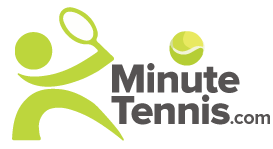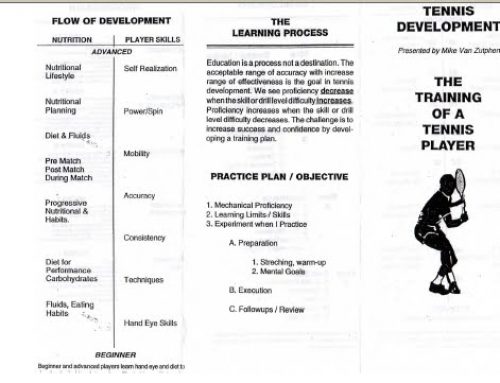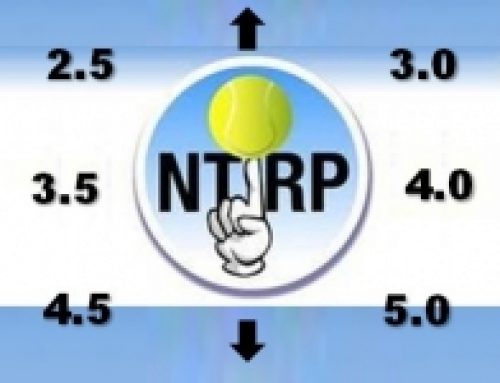Your goal as a professional tennis instructor is to help your students develop their tennis skills and become better tennis players, who enjoy the many wonderful benefits that come from the game. You very likely recognize that your students come to you for tennis lessons with a single question in their minds – “How can I improve my skills and become a better tennis player?”
The path to improvement and the process is always unclear to the student. Unfortunately, more often than not, it is also unclear to the coach. Although the USTA has clearly defined the rating system that reflects an individual player’s abilities, the developmental process to improving tennis skills, is far less defined. While the USTA has advocated a specific method of instruction, which is specifically taught to potential USTA instructors. Candidates must pass written and physical examinations in order to achieve the USTA Instructor title. However, outside the USTA framework, many instructors fail to provide as much value to their students as they could.
In order for your students to see meaningful improvement in their tennis game, you must:
- Teach skills and techniques grounded in tennis fundamentals
- Give them a practice plan
- Provide an achievable workload
- Teach the ability to self-evaulate
When all these elements come together and students can perform certain exercises and drills, and begin to self-diagnose their own, reoccurring mistakes, you have done your job. You have empowered your student with the recipe for success, and they now have the tools to become better tennis players.
With the needed skillset, your student embark on their tennis journey. And this learning process – this education – is what I believe is most important. It’s the journey not the destination.
To be successful in this journey, you must be able to teach systematic methods to develop all areas of the players game, from strokes and conditioning, to match play and mental preparedness. Just like a diet is used to moderate and control food intake to achieve a health goal, proper tennis instruction provides the student with the framework to achieve tennis goals. This framework applies to every level of tennis player, from the beginner to the professional.
It’s also important to recognize that we live in a culture of instant gratification. In a moment, we can share a vacation pic of our feet on a sandy beach in Mexico with thousands of followers, or have a toaster oven delivered same-day from Amazon.com. Students often step onto a tennis court, or into a tennis lesson for the first time, and expect near immediate results. Your role as a tennis pro is to help your students achieve their goals as quickly as possible and improve their abilities.
As a tennis coach, my goal is to get my students through the “learning curve” of any given skill as quickly and efficiently as possible. Tennis lessons should aim to help players move through the learning process as fast as they are capable, while giving them a way to measure their improvement.
In my 3 decades as a USPTA Master Professional I have taught thousands of players at every level, from professional tour players to beginners. I have been 6-time professional of the year and 2 time coach of the year. I have also helped certify hundreds of coaches who teach students using the right methods.
Conversely, I have seen all-to-often, coaches provide a tennis lesson that more resembles a spa massage. They have their student hit some forehands, backhands, volleys and finish with a few serves. Just like the massage, you feel great for a short amount of time but nothing has been done to address your underlying issue. Just like the massage therapist, the tennis coach helps you feel good about your game by stroking your ego with compliments on a few shots. Give your students what they really need – a tennis lesson. You will be doing yourself a favor too. Students that feel they are seeing results will return to you for more improvement. Once they make the connection with your instruction and putting it into successful game play, they will come back for more. And they will share the source of their new-found success with others. That word-of-mouth will spread and lead to more and more students.





